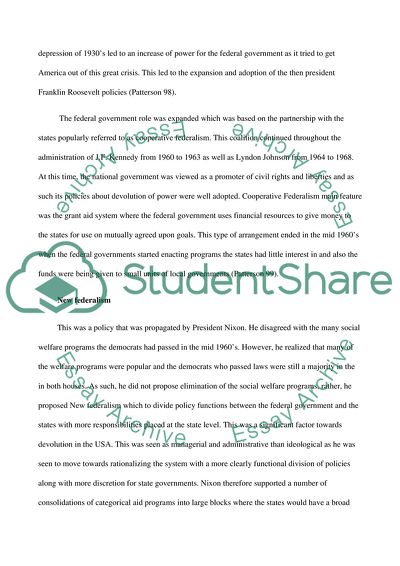Cite this document
(The Process of Devolution since 1960 Essay Example | Topics and Well Written Essays - 1250 words - 14, n.d.)
The Process of Devolution since 1960 Essay Example | Topics and Well Written Essays - 1250 words - 14. https://studentshare.org/social-science/1881229-writers-choice
The Process of Devolution since 1960 Essay Example | Topics and Well Written Essays - 1250 words - 14. https://studentshare.org/social-science/1881229-writers-choice
(The Process of Devolution since 1960 Essay Example | Topics and Well Written Essays - 1250 Words - 14)
The Process of Devolution since 1960 Essay Example | Topics and Well Written Essays - 1250 Words - 14. https://studentshare.org/social-science/1881229-writers-choice.
The Process of Devolution since 1960 Essay Example | Topics and Well Written Essays - 1250 Words - 14. https://studentshare.org/social-science/1881229-writers-choice.
“The Process of Devolution since 1960 Essay Example | Topics and Well Written Essays - 1250 Words - 14”. https://studentshare.org/social-science/1881229-writers-choice.


